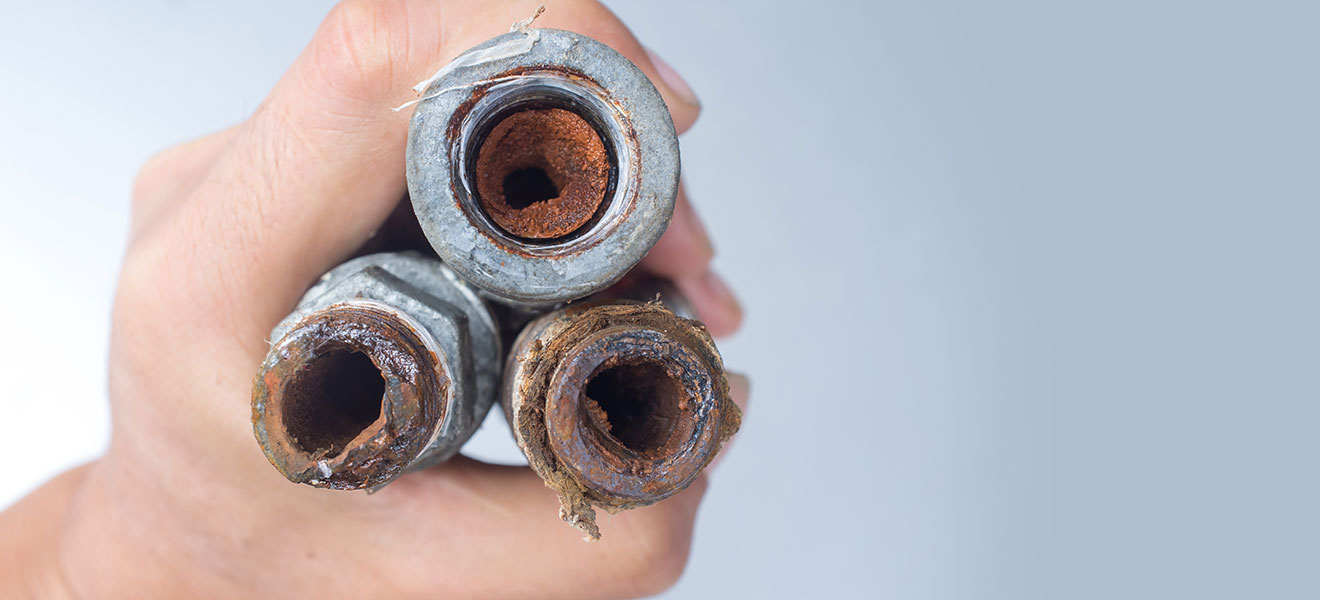Biocorrosion in heating systems: the invisible danger.
Corrosion refers to the destruction of metallic materials through chemical or electrochemical reactions. However, it is less well known that biological and biochemical processes – especially those involving microorganisms – can also lead to so-called biocorrosion. The resulting damage often causes high costs.
Heating systems are particularly at risk, as the water temperatures prevailing there provide an ideal environment for the growth of microorganisms . These microorganisms form so-called biofilms, which settle on pipe walls and other metallic surfaces. These biofilms are home to complex communities of single-celled organisms and organic substances such as proteins and lipids. Their metabolic products enable them to specifically attack metallic materials and cause corrosion .
A particular problem is that damage caused by biocorrosion is difficult to detect. Corrosion is usually identified by detecting iron, copper or zinc compounds in the heating water . However, if sparingly soluble sulphides such as iron sulphide or copper sulphide are formed – for example by sulphate-reducing bacteria – these compounds are often not detectable in the water because they are deposited as black, adhesive coatings on metallic surfaces. Such deposits are a typical sign of biogenic corrosion.
The corrosion processes induced by microorganisms often progress slowly and remain undetected for a long time. To effectively protect heating systems from this, we recommend regular analysis of the heating water and continuous maintenance of the water treatment technology in accordance with DIN 1988.
Our service for you:
We offer a complete service for heating and boiler feed water treatment, consisting of:
- Maintenance of existing plant technology
- Supply of suitable dosing chemicals
- Corrosion analyses
- Supply and maintenance of modern water treatment plants
 DE
DE  EN
EN 
